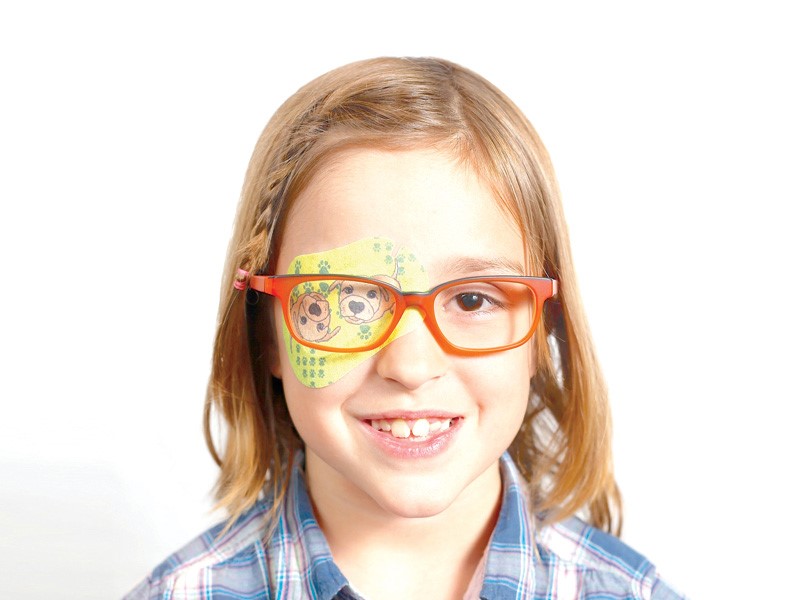Amblyopia or Lazy Eye
What is lazy eye or amblyopia?
Medically, lazy eyes is called amblyopic eye. It is the delayed development of visual function in varying degrees in childhood with partial or complete loss of vision. It can affect one or, less often, both eyes. Around 2-3% of the population suffer from this condition. Early diagnosis and treatment by ophthalmologists from the Vision, ocular motility and amblyopia unit for infants before the first 4 years of life is crucial, since that is the period during which the visual cerebral cortex is better suited to visual stimuli, and visual recovery deepens on this, decreasing therapeutic possibilities for up to 10 years
Symptoms of lazy eye or amblyopia
We identify in children some repetitive movements, such as head leaning, constant blinking, eye winking or situations of blurred vision, double vision, approaching objects, redness ……, among others. These signs should alert parents and educators to go to see an ophthalmologist who specialized in pediatric or infant vision.
Treatment of amblyopia or lazy eye
Depending on its cause it can be treated with glasses or contact lenses to correct nearsightedness, farsightedness and / or astigmatism, eye vision occlusion to decrease the vision in the dominant eye by patching or eye drops. It is also possible that the ophthalmological specialist might need to recur to ocular surgery.
Prevention
From the Barraquer Center of Ophthalmology, we recommend that, between the time when the child is 3 and 4 years old, a ophthalmological specialist makes the first assessment of visual accuracy and discard any anomalies that may affect the “learning” of the vision and lead to lazy eye. From 5 years of age onwards, it is recommended to perform annual eye examinations with your ophthalmologist.

